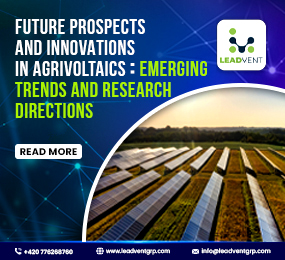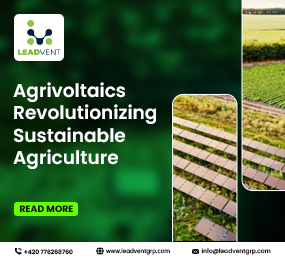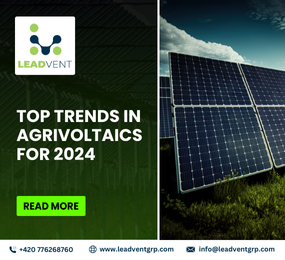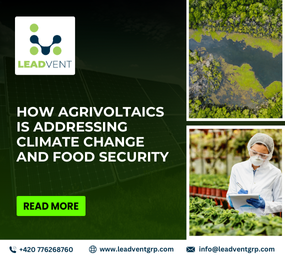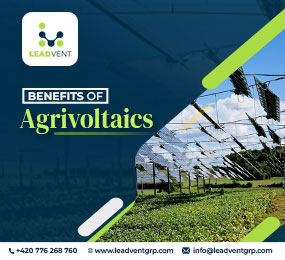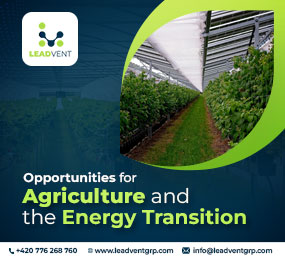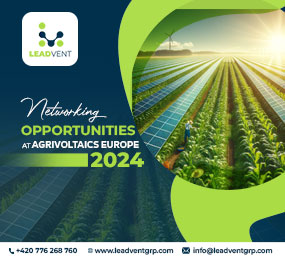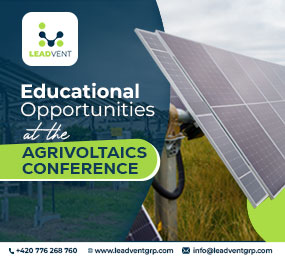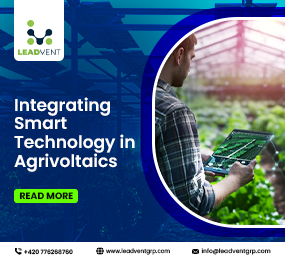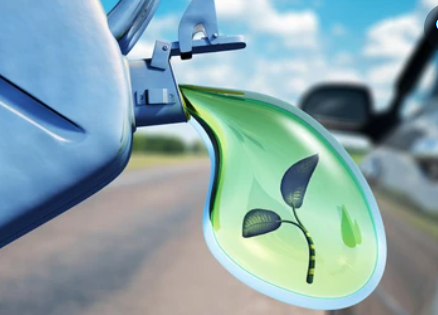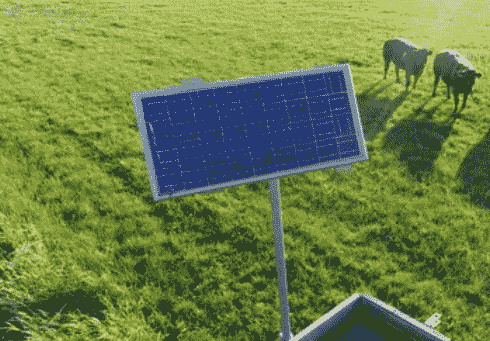Agrivoltaics: Growing Food and Energy Side by Side
In the age of climate change and mounting pressure on land resources, finding solutions that serve more than one purpose has become essential. Agrivoltaics, the practice of integrating solar panels with agricultural land, is emerging as one of the most promising answers. It’s a concept that’s as simple as it is powerful: use farmland to produce both food and clean energy without choosing one over the other.
At its core, agrivoltaics is about making the most of available space. As solar energy demand rises, there’s growing concern about using valuable agricultural land for solar farms. Agrivoltaics addresses this challenge by placing solar panels above or between crops in a way that doesn’t interfere with farming activities and in many cases, even enhances them.
How It Works and Why It Matters
Agrivoltaic systems are designed so that solar panels are elevated and spaced to allow sunlight, air, and rain to reach the plants below. These installations can be adjusted based on crop types, climate, and topography. In hot, dry regions, for example, the shade from the panels can help reduce water loss and protect crops from extreme temperatures.
Studies have shown that certain crops like lettuce, spinach, tomatoes, and even berries can benefit from partial shading. Meanwhile, the panels generate renewable electricity that can be used on the farm or sold back to the grid, creating an additional income stream for farmers.
This dual-use approach doesn’t just support clean energy targets. It also strengthens food security, reduces land-use conflicts, and creates new business models in rural economies.
Challenges and Opportunities
While the benefits are clear, agrivoltaics isn’t without its hurdles. Installing and maintaining solar infrastructure on farmland requires thoughtful design, investment, and cooperation between energy companies and agricultural stakeholders. Not all crops or farming methods are compatible with solar arrays, and policy frameworks are still catching up to support these hybrid systems.
However, momentum is growing. Pilot projects in Europe, North America, and parts of Africa and Asia are demonstrating success. Governments and research institutions are beginning to offer incentives and technical guidance, recognizing agrivoltaics as a scalable solution for land efficiency and sustainability.
Takeaway Point
Agrivoltaics represents a shift in thinking from choosing between food or energy, to embracing both. By bridging the gap between renewable power and agriculture, this innovative approach offers a path toward a more sustainable and resilient future one where farming and energy production grow hand in hand, under the same sun.
Learn more on our website: https://www.leadventgrp.com/event/4th-annual-agrivoltaics-europe/register
For more information and group participation, contact us: [email protected]
Leadvent Group - Industry Leading Events for Business Leaders!
www.leadventgrp.com | [email protected]


